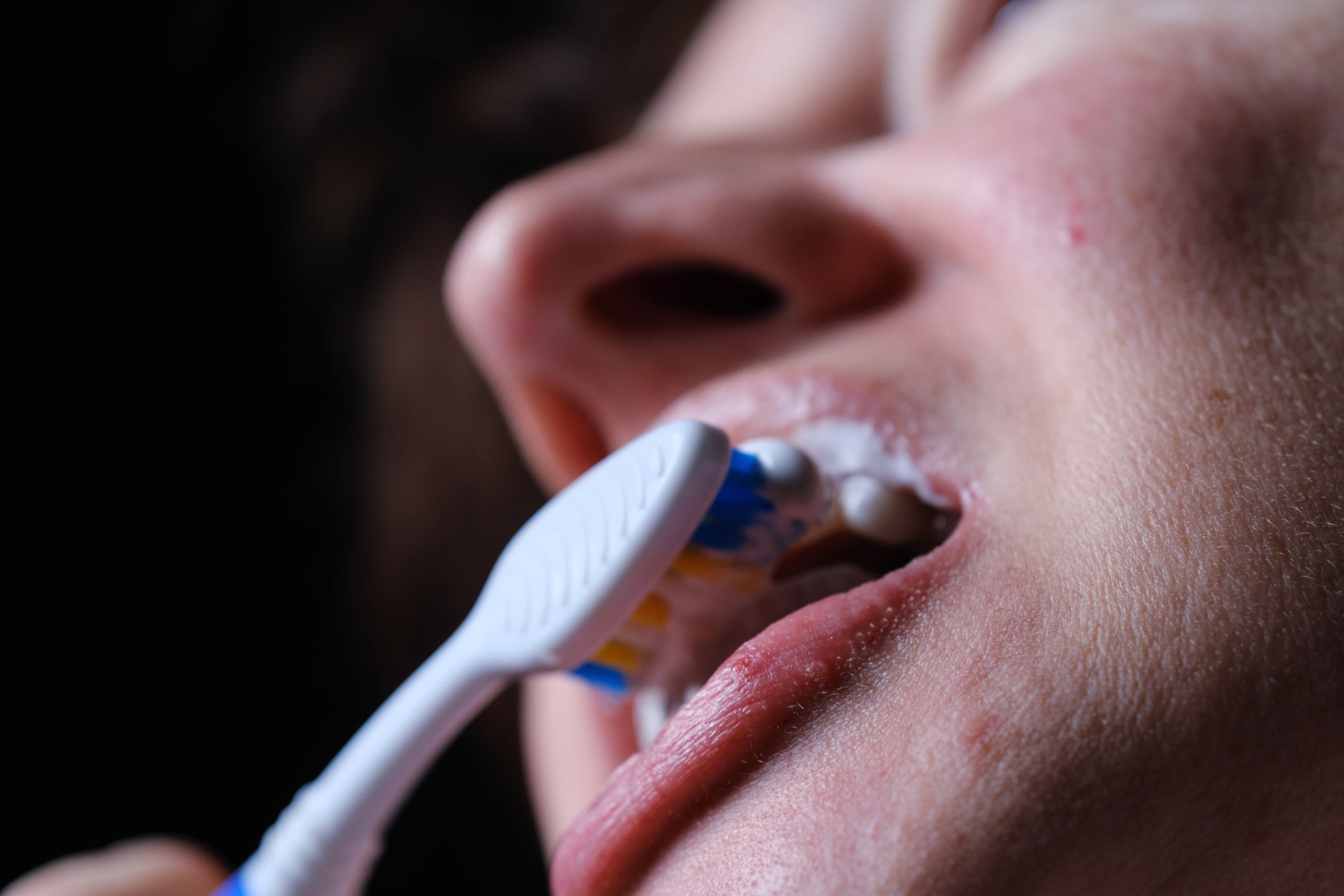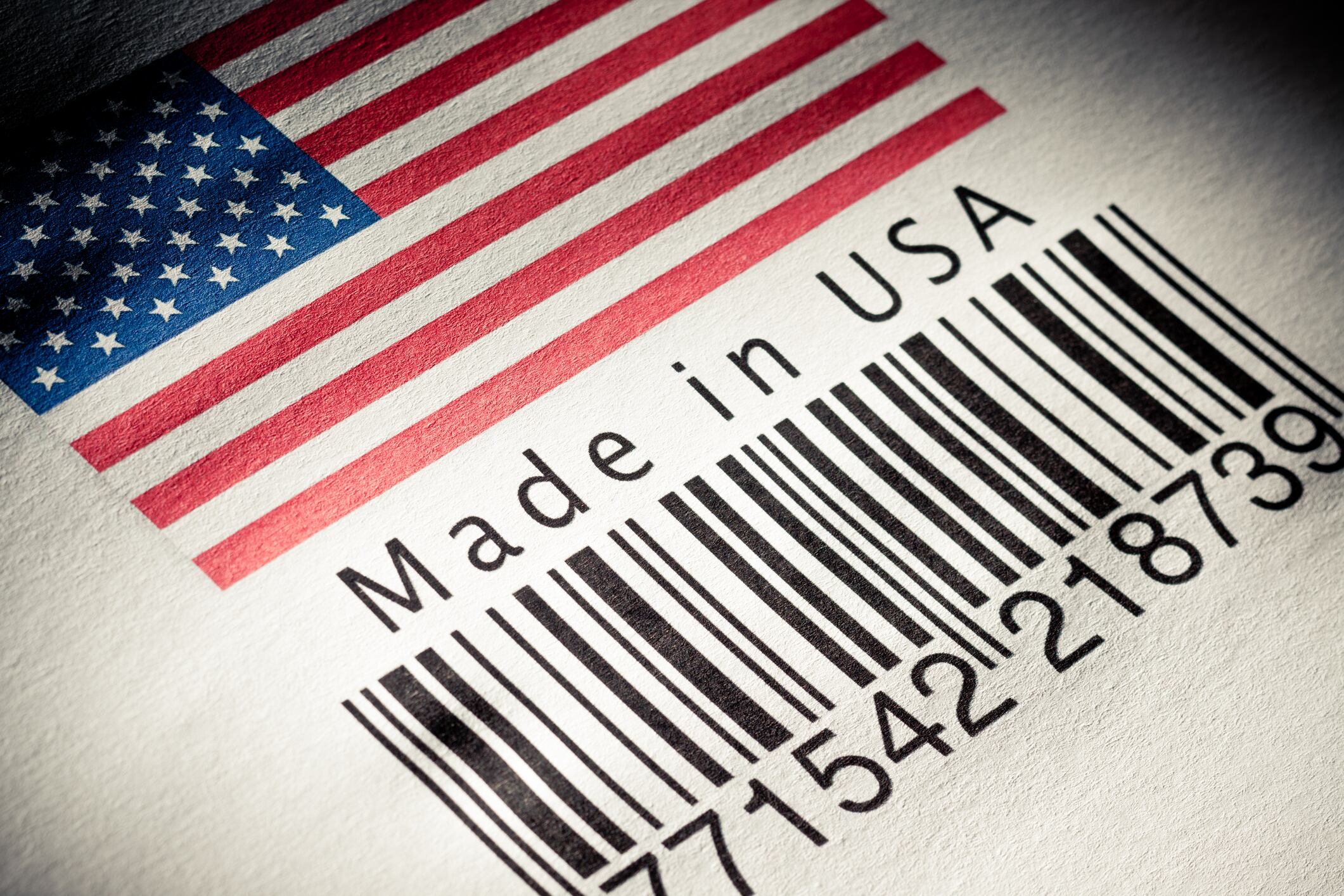The challenged claims appeared on Crest product packaging, P&G’s website, and various third-party online retailers, including Amazon and Walgreens.
GuruNanda specifically questioned both express and implied messaging associated with the product name “Gum Detoxify,” as well as statements regarding bacterial neutralization and the display of the ADA seal.
Product name: “Gum Detoxify”
As reported in NAD’s case decision summary, GuruNanda argued that the phrase “Gum Detoxify” conveys a broad health benefit, suggesting the toothpaste removes all toxins and harmful substances from the gums, including tobacco, heavy metals, PFAS, and inflammatory chemicals, and potentially detoxifies the entire mouth or body.
NAD concluded that in context, the “Gum Detoxify” product name is limited in scope by accompanying messaging. NAD stated, “the ‘Gum Detoxify’ claim is qualified by the claim ‘neutralizes plaque bacteria, even around the gumline, for 24 hours,’ which narrows the claim meaning to communicate that the detoxification benefit relates specifically to plaque and gingivitis.”
NAD further found that the claim was substantiated by scientific evidence showing the product’s active ingredient, stannous fluoride, “neutralizes plaque acid, binds toxins to make them ineffective, and kills plaque bacteria.” NAD determined that this evidence provided a reasonable basis for the “Gum Detoxify” name.
Claim: “Neutralizes plaque bacteria…”
NAD’s case decision summary also noted that GuruNanda challenged the statement “Neutralizes Plaque Bacteria, Even Around The Gumline, For Up To 24 Hours (With Twice A Day Brushing)” and argued that the term “neutralizes” implies complete eradication of plaque bacteria.
NAD disagreed, finding that the language does not convey an absolute outcome. NAD stated, “the term ‘neutralizes’ is not an absolute claim that 100% of plaque bacteria will be made entirely ineffective by brushing with Crest Gum Detoxify.”
Based on its review of the supporting data submitted by P&G, NAD concluded “the body of evidence provided a reasonable basis for the challenged claim.”
Use of ADA seal
The final issue raised by GuruNanda involved the use of the American Dental Association’s “ADA Accepted” seal on Crest Gum Detoxify packaging. As detailed in NAD’s case decision summary, the challenger asserted that the seal was noncompliant with ADA display standards and could be misleading regarding the product’s detoxification or bacteria-related benefits.
NAD found no basis for this concern. It stated, “the ‘ADA Accepted’ seal is properly displayed and does not imply that the product is ADA Approved for the claimed detoxification and bacteria neutralization benefits.”
In response to NAD’s decision, P&G stated it is “pleased by the NAD’s conclusion.”





